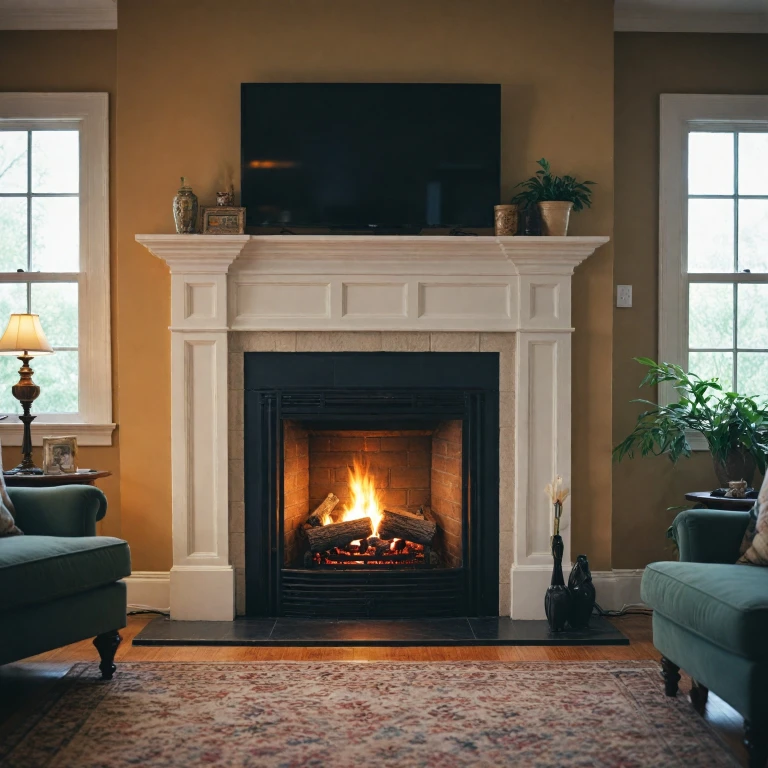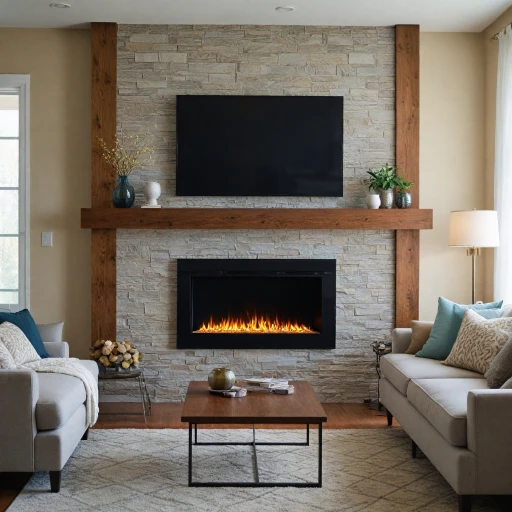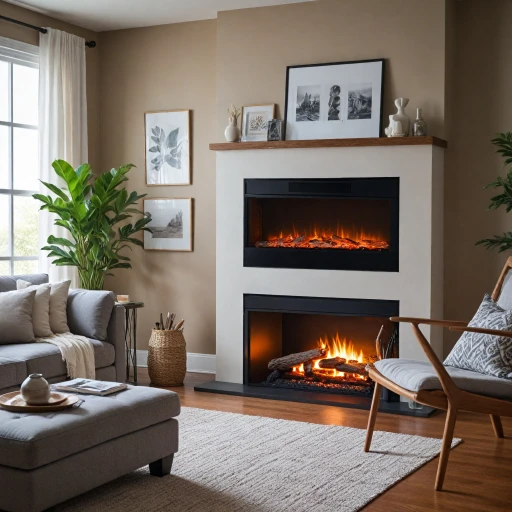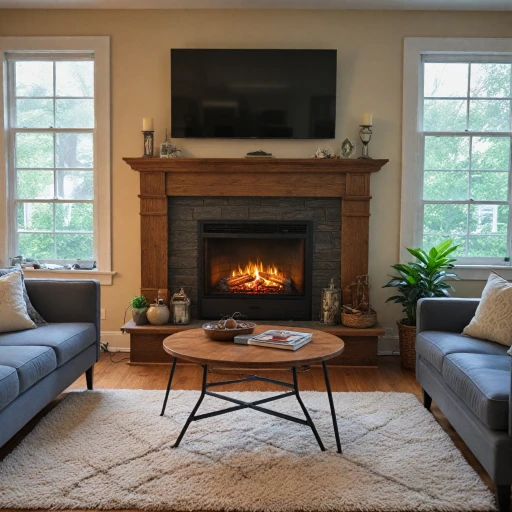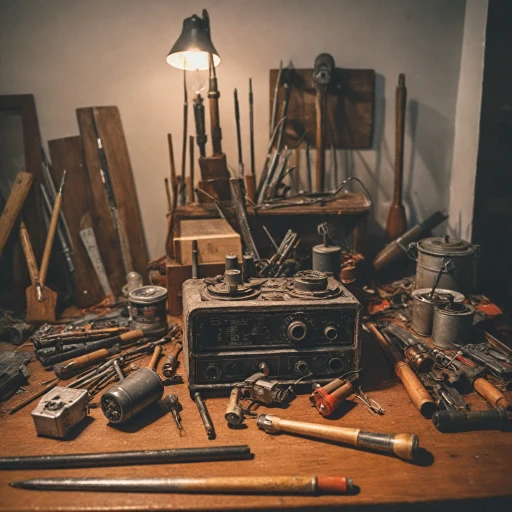Understanding Electric Fireplace Basics
Getting to Know Your Electric Fireplace
Electric fireplaces have become a popular choice for those looking to add warmth and ambiance to their homes without the hassle of traditional wood or gas fireplaces. They offer a convenient way to enjoy the flickering flame effect without the mess of ashes or the need for a chimney.
These units work by using electricity to power a heating element and a flame motor, which creates the illusion of a real fire. The beauty of electric fireplaces is their simplicity and ease of use. You can control the heat output and flame intensity with a remote control or a thermostat, making it easy to adjust the temperature to your liking.
Why Choose an Electric Fireplace?
There are several reasons why electric fireplaces are a great addition to any home:
- Safety: With no real flames or emissions, they are a safer option, especially in homes with children or pets.
- Ease of Installation: Unlike traditional fireplaces, they don't require a chimney or venting, making installation straightforward.
- Cost-Effective: Electric fireplaces are generally more affordable to install and maintain compared to gas fireplaces.
- Versatility: They come in various styles and sizes, fitting seamlessly into any room decor.
Basic Components and How They Work
Understanding the basic components of your electric fireplace can help you troubleshoot common issues:
- Heating Element: This is what provides the heat. If your fireplace won’t turn on, the heating element might be the culprit.
- Flame Motor: Responsible for the flame effect, it can sometimes cause noise if not functioning properly.
- Power Supply: Ensures your unit has the necessary power to operate. Always check the power cord and circuit breaker if there are power issues.
- Log Set: Adds to the realistic look, enhancing the overall aesthetic.
Regular maintenance is key to preventing problems and ensuring your electric fireplace runs efficiently. By understanding how your unit operates, you can enjoy its benefits while addressing any issues that may arise.
Identifying Common Electric Fireplace Problems
Spotting the Usual Suspects in Electric Fireplace Problems
Electric fireplaces, while convenient and efficient, can sometimes hit a few bumps along the way. Identifying these common problems early on can save you a lot of hassle and keep your unit running smoothly. Let's take a look at some issues you might encounter.
Power and Connectivity Woes
One of the most frequent hiccups is the fireplace not turning on. This could be due to a faulty power supply or a tripped circuit breaker. Ensure the power cord is securely plugged in and check the circuit breaker for any issues. If your fireplace won’t turn on, it might be time to call a professional.
Flame and Heat Inconsistencies
Another common problem is when the flame effect or heat output isn't working as expected. This could be due to a malfunctioning thermostat or a faulty heating element. Regular maintenance can help prevent these issues, but if they arise, checking the thermostat settings and ensuring the heating element is intact can be a good start.
Noise and Operational Disturbances
If your electric fireplace starts making unusual noises, it might be the flame motor or the blower motor acting up. These components can wear out over time, leading to operational disturbances. Addressing these issues promptly can prevent further damage and maintain your fireplace’s efficiency.
Remote Control and Log Set Issues
Problems with the remote control or log sets can also occur. Ensure the batteries in the remote are fresh and the log set is correctly positioned. These small checks can often resolve what might seem like bigger problems.
By keeping an eye out for these common issues and performing regular maintenance, you can ensure your electric fireplace remains a reliable source of warmth and ambiance in your home.
Troubleshooting Power and Connectivity Issues
Resolving Power and Connectivity Challenges
Electric fireplaces are a convenient and stylish alternative to traditional gas or wood-burning units, but like any appliance, they can sometimes face power and connectivity issues. If your electric fireplace won't turn on, or if the flame and heat output are inconsistent, here's a guide to help you troubleshoot.
Check the Power Supply
Start by ensuring that the fireplace is properly plugged in. Check the power cord for any signs of damage. If the cord appears worn or frayed, it's best to replace it to prevent safety hazards. Also, verify that the outlet is functioning by plugging in another device. If the outlet is faulty, consider calling a professional electrician.
Inspect the Circuit Breaker
Sometimes, power issues can be traced back to a tripped circuit breaker. Locate your home's electrical panel and check if the breaker associated with the fireplace has been switched off. If so, reset it and see if that resolves the problem. If the breaker trips again, it could indicate a more serious issue that requires professional attention.
Evaluate the Remote Control
If your fireplace isn't responding to the remote control, first check the batteries. Replace them if necessary. Ensure there are no obstructions between the remote and the unit, as this can interfere with the signal. If the remote still doesn't work, consult the user manual for specific troubleshooting tips related to your model.
Assess the Thermostat and Temperature Settings
Make sure the thermostat is set to a temperature higher than the current room temperature to activate the heating element. If the fireplace still doesn't heat up, there may be an issue with the thermostat itself. In such cases, it's advisable to contact the manufacturer or a repair specialist for further guidance.
Regular maintenance and checks can prevent many common issues with electric fireplaces. By addressing power and connectivity problems promptly, you can enjoy a warm and cozy atmosphere without interruption.
Dealing with Noise and Operational Disturbances
Addressing Unwanted Noises and Performance Hiccups
Electric fireplaces are generally quiet, but if yours starts making unusual sounds, it can be both annoying and a sign of underlying issues. Let's explore some common noise-related problems and how to tackle them.
Rattling Sounds
If your electric fireplace is producing a rattling noise, it might be due to loose components within the unit. Over time, screws and fasteners can become loose due to the heat and vibrations. Here's what you can do:
- Check the Log Set: Ensure that the log set is properly seated and not moving around.
- Tighten Loose Screws: Carefully inspect the unit and tighten any loose screws. Make sure the fireplace is turned off and unplugged before doing this.
Grinding or Squeaking Noises
These noises often originate from the flame motor or the blower fan. Regular maintenance can help prevent such issues, but if they arise, consider the following steps:
- Lubricate Moving Parts: Apply a small amount of lubricant to the flame motor and blower fan to reduce friction.
- Inspect the Flame Motor: If lubrication doesn't help, it might be time to check the flame motor for any signs of wear or damage.
Buzzing Noises
Buzzing can be a result of electrical issues, often linked to the power supply or the thermostat. To address this:
- Check Power Connections: Ensure all power cords are securely connected and not damaged.
- Inspect the Thermostat: Sometimes, a faulty thermostat can cause buzzing. If the issue persists, consider consulting a professional.
By addressing these noise issues promptly, you can enjoy a peaceful and efficient heating experience with your electric fireplace. Remember, regular maintenance is key to preventing these problems and ensuring the longevity of your unit.
Ensuring Optimal Heating Performance
Maximizing Heat Output from Your Electric Fireplace
To get the most warmth from your electric fireplace, it's essential to ensure it's operating at its best. Here are some practical tips to help you achieve optimal heating performance:
- Check the Thermostat: Ensure the thermostat is set to your desired temperature. If the heat output seems off, the thermostat might need recalibration.
- Inspect the Heating Element: A malfunctioning heating element can reduce heat. Regularly check the element for wear and tear and replace it if necessary.
- Power Supply: Verify that your unit is connected to a stable power source. A faulty power cord or circuit breaker can disrupt performance.
- Use the Remote Control: Make sure your remote control is functioning correctly. Sometimes, the issue might be as simple as replacing the batteries.
- Log Sets and Flame Motor: While these don't directly affect heat, ensuring the flame motor and log sets are working correctly can enhance the overall experience.
Addressing these common problems can prevent more significant issues down the line. Regular maintenance is key to keeping your electric fireplace in top shape, ensuring it remains a reliable source of warmth and comfort.
Maintenance Tips for Longevity and Efficiency
Regular Care for Your Electric Fireplace
To keep your electric fireplace running smoothly and to prevent common issues, regular maintenance is key. Here's how you can ensure your unit stays in top shape:
- Dust and Clean: Regularly dust the exterior and clean the glass front to keep the flame display clear and vibrant. Use a soft, damp cloth and avoid harsh chemicals that might damage the finish.
- Check Power Connections: Ensure the power cord is securely plugged into a working outlet. If the fireplace won’t turn on, check the circuit breaker and power supply for any issues.
- Inspect the Heating Element: Over time, the heating element can wear out. If you notice a drop in heat output, it might be time to replace it. Refer to the unit's manual for guidance or call a professional if needed.
- Monitor the Flame Motor: The flame motor is crucial for the realistic flame effect. If the flames seem off, the motor might need attention. Listen for unusual noises that might indicate a problem.
- Check the Thermostat and Remote Control: Ensure that the thermostat is functioning correctly and that the remote control has fresh batteries. These components are vital for maintaining the desired temperature and controlling the unit.
- Log Set Maintenance: If your fireplace features a log set, inspect it for any signs of wear or damage. A well-maintained log set contributes to the overall aesthetic and performance.
- Safety First: Always prioritize safety. Make sure the unit is turned off and unplugged before performing any maintenance. Regularly check for any frayed wires or loose connections.
By following these maintenance tips, you can extend the life of your electric fireplace and enjoy its warmth and ambiance without interruption. Remember, if you encounter persistent problems, it's wise to consult a professional to avoid further damage.
